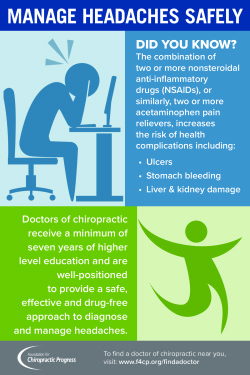Dental Braces On Your Own For An Expedition Into The Captivating Mobile Communications Of Cold Laser Treatment And Its Usage Of Light As A Recovery Mechanism. Take A Much Deeper Study The Scientific Aspects!
Dental Braces On Your Own For An Expedition Into The Captivating Mobile Communications Of Cold Laser Treatment And Its Usage Of Light As A Recovery Mechanism. Take A Much Deeper Study The Scientific Aspects!
Blog Article
Article Created By-Castro Pedersen
You may have become aware of cold laser treatment as a promising treatment choice for various problems, yet have you ever before wondered how it really deals with a cellular level? Understanding the mechanisms behind this therapy can shed light on its efficiency in advertising healing and lowering inflammation. By exploring the science behind cold laser therapy, you'll acquire insights into the fascinating ways in which light can influence mobile procedures and assist in tissue repair work.
Exactly How Cold Laser Treatment Functions
To comprehend how cold laser treatment functions, you need to realize the basic concepts of how light energy interacts with biological cells. Cold laser therapy, additionally referred to as low-level laser treatment (LLLT), utilizes certain wavelengths of light to penetrate the skin and target hidden cells. Unlike the intense lasers utilized in procedures, cold lasers emit low levels of light that do not generate warmth or trigger damage to the cells.
When these gentle light waves reach the cells, they're absorbed by components called chromophores, such as cytochrome c oxidase in mitochondria. This absorption sets off a series of organic actions, including enhanced cellular power manufacturing and the release of nitric oxide, which boosts blood circulation and lowers inflammation.
Furthermore, the light power can additionally stimulate the manufacturing of adenosine triphosphate (ATP), the power currency of cells, assisting in cellular repair service and regeneration procedures.
Fundamentally, cold laser treatment takes advantage of the power of light energy to advertise healing and ease pain in a non-invasive and gentle fashion.
Mechanisms of Action
How does cold laser therapy in fact work to create its therapeutic effects on biological tissues?
Cold laser therapy, additionally referred to as low-level laser therapy (LLLT), runs with a process known as photobiomodulation. When https://medicaldialogues.in/dentistry/news/low-level-laser-therapy-accelerates-orthodontic-tooth-movement-finds-study-79706 is applied to the skin, the light power penetrates the cells and is taken in by chromophores within the cells.
These chromophores, such as cytochrome c oxidase in the mitochondria, are then boosted by the light power, leading to a waterfall of organic reactions. One crucial mechanism of activity is the enhancement of cellular metabolism.
The absorbed light power enhances ATP production in the mitochondria, which is vital for mobile function and repair work. Additionally, cold laser treatment assists to minimize swelling by hindering inflammatory conciliators and promoting the release of anti-inflammatory cytokines.
This anti-inflammatory impact contributes to pain relief and tissue recovery.
Therapeutic Results
Recognizing the restorative effects of cold laser therapy includes identifying how the enhanced mobile metabolic rate and anti-inflammatory buildings add to its positive outcomes on biological tissues.
When the cold laser is put on the affected area, it promotes the mitochondria within the cells, causing increased production of adenosine triphosphate (ATP), which is important for mobile feature and repair. This increase in mobile power accelerates the healing process by promoting tissue regeneration and minimizing swelling.
Moreover, the anti-inflammatory properties of cold laser treatment aid to lower pain and swelling in the targeted location. By hindering inflammatory moderators and advertising the release of anti-inflammatory cytokines, cold laser treatment aids in reducing discomfort and enhancing the overall recovery reaction.
This decrease in swelling not just offers prompt alleviation but additionally supports lasting cells fixing.
Final thought
To conclude, cold laser therapy functions by promoting cellular repair work and cells regeneration through photobiomodulation. visit site -inflammatory buildings provide pain alleviation and reduce swelling by preventing inflammatory arbitrators.
This treatment uses an extensive technique to healing, providing both prompt relief and lasting tissue repair work benefits.
Through its mechanisms of action, cold laser therapy shows to be a reliable and appealing therapy alternative for a selection of problems.
